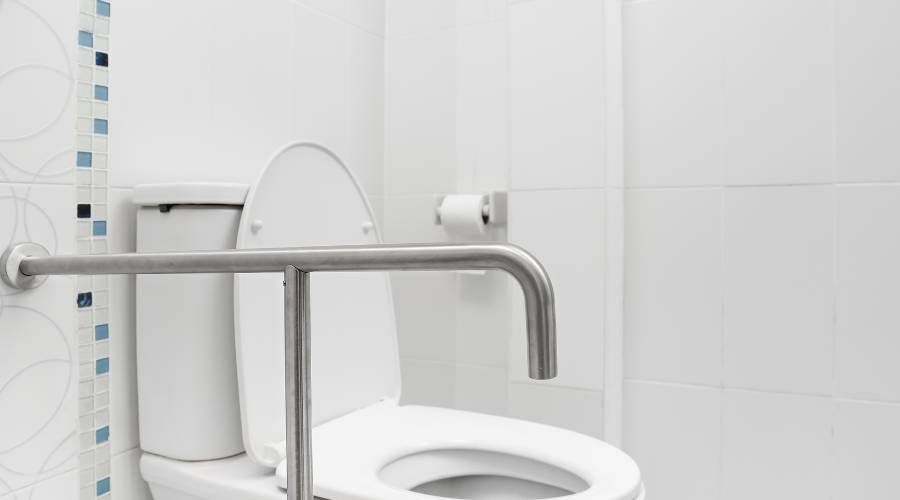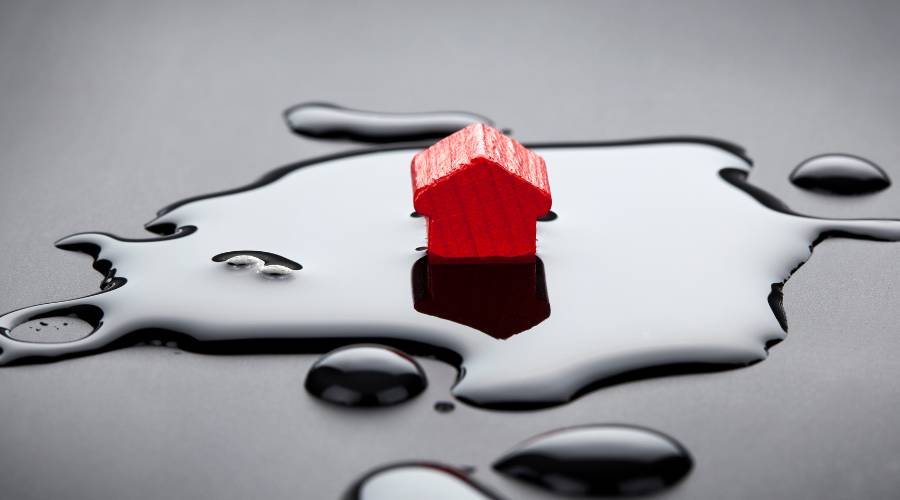Ensuring fire rated cladding compliance in NSW is crucial for the safety of buildings and their occupants. The stringent fire safety regulations in NSW aim to protect lives by reducing the risk of fire spread through external wall claddings. Homeowners must be aware of the latest updates and requirements to ensure their properties adhere to these standards.
Key Takeaway:
Understanding the importance of non-combustible materials, BAL ratings, fire testing procedures, and recent regulation updates is essential for homeowners. This knowledge helps in making informed decisions about building materials and renovation practices that meet fire safety standards in NSW.
- Non-combustible materials: Vital in preventing the rapid spread of fire.
- BAL ratings: Indicate the level of bushfire exposure risk and guide material selection.
- Fire testing procedures: Ensure cladding products meet rigorous safety standards.
- Regulation updates: Stay informed on recent changes affecting cladding compliance.
By prioritising these aspects, homeowners can significantly enhance the safety and resilience of their properties against fire hazards.
Understanding Fire-Rated Cladding Compliance in NSW

Fire-rated cladding forms a critical line of defence for Sydney homes and commercial buildings, especially as fire risks increase across the region. This specialised external wall cladding is engineered to prevent the rapid spread of flames and heat, protecting both the structure and its occupants during a fire event.
What is Fire-Rated Cladding?
Fire-rated cladding refers to exterior building panels specifically tested and certified to withstand fire exposure for a set period. Its main purpose is to slow down or stop the spread of fire from one part of a building to another, granting residents precious extra minutes for safe evacuation.
Combustible vs Non-Combustible Materials
Combustible materials can catch fire easily and contribute to flame spread. Timber and certain types of plastic-based panels fall into this category.
Non-combustible materials, such as fibre cement, brick, stone, concrete, or certified metal composites, are designed not to ignite or propagate flames, meeting strict Australian safety standards.
How Fire-Rated Cladding Enhances Safety
Fire-rated cladding enhances safety in several ways:
- Limits external fire entry and internal flame migration
- Reduces toxic smoke emission
- Supports effective emergency response by slowing fire progression
Approved Non-Combustible Materials in NSW
The following non-combustible materials are approved for use in NSW:
- Fibre cement sheets
- Hebel (autoclaved aerated concrete)
- Brickwork
- Concrete panels
- Aluminium composite panels with a compliant core
Selecting the right non-combustible cladding ensures compliance with NSW regulations and safeguards families, tenants, or employees against avoidable risks.
Key Regulatory Framework Governing Cladding Compliance in NSW
Building safety in New South Wales relies on a robust system of checks, oversight, and evolving standards. The NSW Fire Safety and External Wall Cladding Taskforce stands at the forefront, established to coordinate investigations, provide guidance, and ensure consistent application of cladding safety measures across the state. This dedicated task force works closely with local councils, Fire & Rescue NSW, and building professionals to identify buildings at risk, share vital information with owners, and oversee remediation efforts.
Key legislation shapes the compliance landscape:
- National Construction Code (NCC): The NCC sets minimum requirements for building design and construction nationwide. For cladding, it mandates the use of non-combustible materials on external walls for many classes of buildings, especially those above two storeys. These rules are designed to protect life by reducing fire spread.
- Home Building Act 1989 Amendments: Recent changes bolster homeowner protection by clarifying builder responsibilities around product selection and installation. Builders must now explicitly demonstrate that all installed cladding meets NCC fire resistance requirements. Failure to comply can lead to significant penalties or orders for rectification.
The combined force of these frameworks ensures that any cladding work undertaken, whether new builds or renovations, meets contemporary fire safety expectations for Sydney’s homes and commercial properties.
Understanding BAL Ratings and Their Role in Fire Safety Assessments
Bushfire Attack Level (BAL) ratings are crucial in evaluating the fire risk of external wall materials, particularly in areas prone to bushfires. These ratings assess the potential threat to buildings from ember attacks, radiant heat, and direct contact with flames during a bushfire.
Explanation of BAL Ratings
BAL ratings are divided into six levels:
- BAL-LOW: Minimal risk.
- BAL-12.5: Low risk, primarily due to ember attack.
- BAL-19: Moderate risk from ember attack and radiant heat.
- BAL-29: High risk with increased radiant heat exposure.
- BAL-40: Very high risk involving significant radiant heat and some flame exposure.
- BAL-FZ (Flame Zone): Extreme risk with direct exposure to flames.
Each rating outlines specific construction requirements, which affect the choice of cladding materials to ensure compliance with fire safety regulations.
Influence on Cladding Selection
In areas at risk of bushfires, BAL ratings dictate the suitable cladding options:
- For higher BAL ratings (such as BAL-40 and BAL-FZ), non-combustible materials are usually required to prevent the spread of fire.
- For lower ratings (like BAL-19 and BAL-29), fire-resistant materials must meet strict standards while balancing safety and cost-effectiveness.
For homeowners in NSW, it is vital to understand these ratings when selecting cladding materials that comply with regulations on fire-rated cladding compliance. This knowledge will help protect their property from potential bushfire threats while adhering to local laws.
Fire Testing Procedures for Cladding Materials: Ensuring Compliance with NCC Requirements
Fire testing standards in NSW are designed to protect lives and property by ensuring only safe, proven materials are fitted to buildings. Every cladding product intended for use must undergo a set of rigorous compliance tests as outlined by the National Construction Code (NCC) and relevant Australian Standards.
Mandatory Fire Testing Protocols:
AS 1530.1 & AS 1530.3: These core Australian Standards assess how materials react to fire, including combustibility, ignitability, flame propagation, and heat release.
Large-scale fire testing: For façade systems, tests such as AS 5113 simulate real-world fire scenarios on full wall assemblies.
Product certification is not just a paperwork exercise—it’s proof that each cladding product has passed strict fire performance criteria. Only products with third-party accreditation or CodeMark certification should be considered compliant in NSW.
Why Rigorous Product Certification Matters:
Prevents the installation of unsafe or untested cladding on homes and commercial properties.
Provides peace of mind for homeowners and strata managers that their building meets all safety expectations.
Ensures eligibility for insurance cover and smooth council approvals.
When planning any renovation or recladding project, always request evidence of successful compliance testing before making material selections. This step keeps your upgrade aligned with current fire safety requirements and NCC standards.
Recent Updates, Enforcement Measures on Cladding Compliance, and Practical Steps Homeowners Should Take to Ensure Compliance
Regulation Updates and Enforcement Actions in NSW
In recent times, NSW has implemented stringent regulations to enhance cladding compliance and building safety. The expanded inspection powers granted to Fire & Rescue NSW (FRNSW) allow for more thorough examinations of buildings. These inspectors can now enforce compliance measures proactively, ensuring that non-compliant materials are identified and rectified swiftly.
Recommended Remediation Actions for Non-Compliant Materials
Homeowners discovering non-compliant cladding should take immediate steps to mitigate risks:
- Professional Assessment: Engage a qualified inspector to assess the extent of non-compliance.
- Material Replacement: Replace combustible cladding with approved, non-combustible alternatives.
- Certification and Documentation: Ensure all remediation work is certified and documented according to NCC requirements.
- Regular Maintenance: Schedule regular inspections to maintain compliance and ensure ongoing safety.
Understanding these updates and taking prompt action helps homeowners stay ahead of potential hazards, aligning their properties with current fire safety standards.
The Role of Sydney Renovation Group in Supporting Fire-Rated Cladding Compliance
Sydney Renovation Group specialises in compliant residential renovations across Sydney’s North Shore and surrounding suburbs. With an emphasis on safety and quality, they have established themselves as trusted experts in ensuring fire-rated cladding compliance in NSW.
Expertise in Handling Compliant Renovations

Since its inception in 2013, the Sydney Renovation Group has been dedicated to providing high-standard renovation services tailored to meet regulatory requirements. Their extensive knowledge of local building codes and fire safety standards ensures that all projects are carried out with the utmost precision and care.
End-to-End Project Management
- Initial Consultation: Understanding homeowner needs and conducting detailed site assessments.
- Design Phase: Developing plans that integrate compliant materials and adhere to fire safety standards.
- Construction: Executing the renovation with skilled craftsmanship, ensuring all cladding materials used are non-combustible.
- Final Inspection: Conducting thorough checks to ensure full compliance with the latest fire safety regulations.
Their commitment to end-to-end project management means homeowners can be confident their properties will meet stringent fire safety requirements, protecting both lives and investments.
By partnering with Sydney Renovation Group, clients benefit from transparent pricing, personalised service, and expert advice throughout their renovation journey. This approach not only guarantees adherence to current fire safety standards but also fosters peace of mind for Sydney homeowners.
Conclusion
Taking immediate action on fire rated cladding compliance is essential to safeguard your property and loved ones. Delaying until government intervention could result in higher costs and increased risk. Partnering with trusted renovation experts like Sydney Renovation Group ensures your home meets the latest safety standards, providing peace of mind and a safer living environment.
What is fire-rated cladding compliance in NSW, and why is it important? Fire-rated cladding compliance in NSW refers to adhering to regulations ensuring that external wall cladding materials are non-combustible and meet fire safety standards. This compliance is crucial for building safety, reducing fire risks, and protecting occupants, especially in bushfire-prone areas.
How do BAL ratings affect the selection of cladding materials in NSW?
BAL (Bushfire Attack Level) ratings assess the risk of bushfire exposure to a building. These ratings guide the selection of compliant fire-rated cladding materials suitable for different levels of fire risk, ensuring that external walls can withstand potential bushfire attacks according to NSW fire safety assessments.
What are the key regulatory frameworks governing fire-rated cladding compliance in NSW?
The main regulatory frameworks include the NSW Fire Safety and External Wall Cladding Taskforce directives, the National Construction Code (NCC) standards, and amendments to the Home Building Act 1989. These collectively establish legal requirements for fire safety and cladding material compliance in NSW buildings.
What fire testing procedures must cladding materials undergo to comply with NCC requirements?
Cladding materials used in NSW must undergo mandatory fire testing protocols, including rigorous product certification and compliance testing. These procedures ensure that materials meet the NCC’s stringent fire resistance standards, confirming their suitability for use on external walls.
What recent updates and enforcement measures have been introduced regarding cladding compliance in NSW?
Recent regulatory updates include expanded inspection powers granted to Fire & Rescue NSW (FRNSW), stricter enforcement actions against non-compliant materials, and guidelines recommending remediation steps for homeowners. These measures aim to enhance overall building safety and ensure adherence to updated fire safety standards.
How can Sydney Renovation Group assist homeowners with fire-rated cladding compliance in Sydney’s North Shore?
Sydney Renovation Group offers expert renovation services specializing in compliant residential renovations across Sydney’s North Shore and surrounding suburbs. They provide end-to-end project management ensuring all renovations adhere to the latest fire safety standards, helping homeowners achieve full compliance efficiently.





